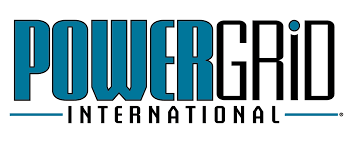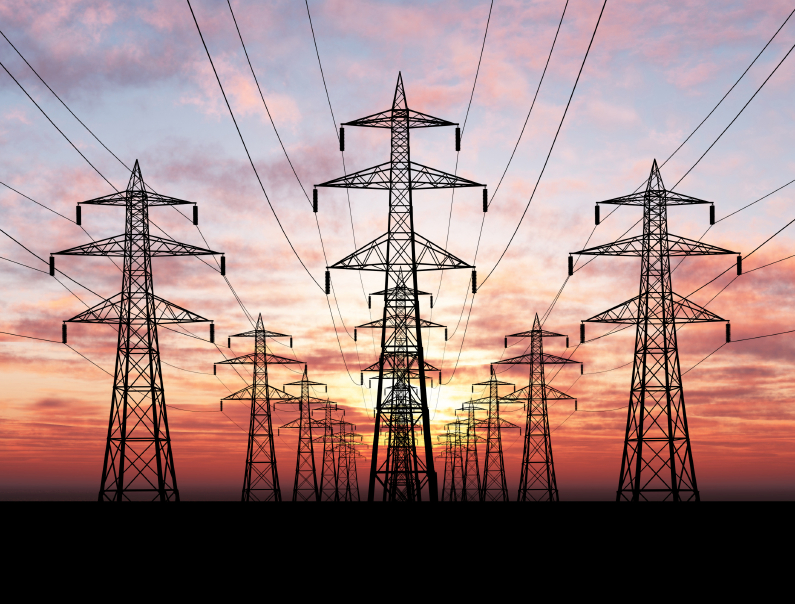Image: Shutterstock
Blog Editor’s Note: The author is President of the RNT Foundation

To protect the electric power grid, timing is everything
By Dana A. Goward
According to an industry expert, “Electrical grids won’t fail without accurate time signals, but they are impossible to manage. And who wants an unmanageable grid?”
Timing is essential to a wide variety of network functions and equipment essential to electrical grids. Most of these use time signals that come directly from, or can be traced back to, the Global Positioning System (GPS). Highly accurate and free to access, GPS timing signals have been incorporated into an incredibly wide variety of applications for which they were never intended.
The problem is GPS signals are weak. Any other noise on their frequency from solar activity, accidental transmissions, or deliberate jamming can easily prevent reception. Here’s just a sampling of equipment that uses time signals:
Electrical Grid Timing Dependent Equipment & Networks
- Transmission line fault detection
- Frequency measurement
- Synchrophasors/Phasor Measurement Units
- Internet-based Market Transactions
- Substation Control/Resynchronization
- Disturbance Monitoring Event Recorders
- Protective Relays
- Bulk Metering
- SCADA Networks
- Synchrophasor Networks
Worse, GPS signal characteristics are a matter of public record. This means that anyone with an inexpensive software defined radio can imitate them and cause receivers to report faulty time and location information. This “spoofing” could lead equipment astray and cause even more damage than other types of disruption.
That is why the Department of Energy (DOE) has established the Center for Alternative Synchronization and Timing (CAST).
Located at and led by Oak Ridge National Laboratory (ORNL), CAST is more than just an academic center for research. It is building a network of atomic master clocks and methods of time delivery by fiber that will ensure power grids always have failsafe and resilient time.
We spoke with David Wells, the program leader for CAST at DOE headquarters about this recently announced initiative.
Q: What is the Center for Alternative Synchronization and Timing, exactly? It sounds like an academic effort.
A: The concept came from PEAC (Post Event Activity Coordination) which is project funded under the program of Darknet funded thru DOE and executed by ORNL. CAST was taking this proof of concept and building it into a working operational model for the protection of our electric infrastructure and government assets.
Q: Why is this effort needed?
A: It has been no secret there are vulnerabilities within the timing and synchronizations platforms used by the energy sector. With that said, the importance and necessity to have a secure, verifiable, and reliable solution is paramount. The sector has been going through a transition from analog to digital and then from digital to internet protocol (IP). Technologies have been bolted on, but with each bolt on added access vulnerabilities are added as well. Embedded stratum timing systems based thru digital carriers allowed our networks to be closed loop (zero trust) for 50 years. During the age of IP conversion, the ability to provide timing via stratum was lost, so the sector moved to GPS and NTP which provided precision at the locations, but lack security, validation, and true wide area synchronization.
Q: What is the ultimate goal? How will that be better than today?
A: DOE took the Stratum based timing concepts and architecture and added new protocols and equipment to bring back the true closed loop (zero trust) with secure bi-direction timing validation and synchronization over IP networks. This model furnished a cost effective means to providing the solution to all power substations or remote locations, while having multiple clocking sources at a master (for resiliency) with slave RSU (recovered synchronization units)
Q: Who is involved making CAST happen?
A: The Department of Energy’s Office of Electricity (OE) and the Office of Cybersecurity, Energy Security, and Emergency Response (CESER), and the national labs (primarily ORNL but assistance from Savannah River National Laboratory and Sandia National Laboratory) and industry partners were involved in this effort.
Q: When will CAST start delivering benefits? Will it be done in stages?
Its already delivering benefits. We’ve had this network up and developing over the past 2 years. We are releasing features and capabilities in stages, and you should look for new release announcements in the future.
Q: What are DOE’s plans for the system over the next five years?
A: OE and CESER are still developing plans, but will be working with other DOE offices, national labs, and the Power Marketing Administrations to provide an extended, long term field trial. Select national labs and one of the Power Marketing Administrations have been working with OE on on-going trials. These projects were used to validate the platform network and systems over the past 16 months. OE and CESER are also developing a plan on how CAST will support the private power and utility sectors.
Q: Is there a plan for users other than those in power distribution to be able to access the fiber network?
A: This is not a dedicated fiber network for timing. CAST uses existing fiber in the form of Darkfiber (underutilized fiber), commercial fiber, and optical ground wire and works with wireless technologies to extend secure timing and synchronization to users.
The importance of timing to all forms of critical infrastructure has been well documented, along with the vulnerabilities of GPS signals upon which most users rely. While CAST is narrowly focused on electrical grids and fiber, some see a potential for it to be the basis of a wider national security effort.
“The Department of Transportation has identified the need for Americans to have access to timing signals from space, from terrestrial wireless transmitters, and via fiber in order to have the kind of resilience they need,” said Dr. Marc Weiss, a timing expert and consultant. Weiss served for over forty years as a theoretical physicist for the National Institute of Standards and Technology. “CAST could be part of the foundation of an architecture that benefits all sectors and citizens, not just power grids,” he said. “It is certainly a big step in the right direction.”
About the Author
Dana A. Goward is president of the non-profit Resilient Navigation and Timing Foundation and a member of the President’s Space-based Positioning, Navigation, and Timing Advisory Board.


